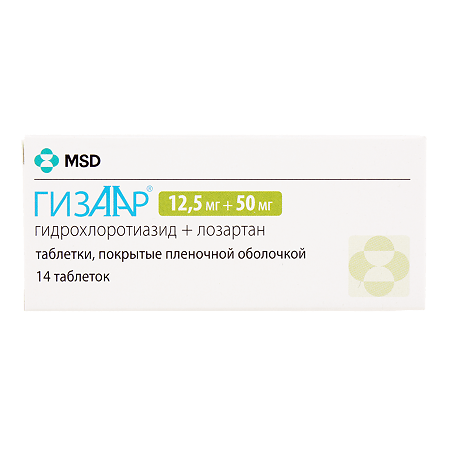-
×


-
×


-
×


-
×


-
×


-
×


-
×


-
×


-
×


Subtotal: €158.35














